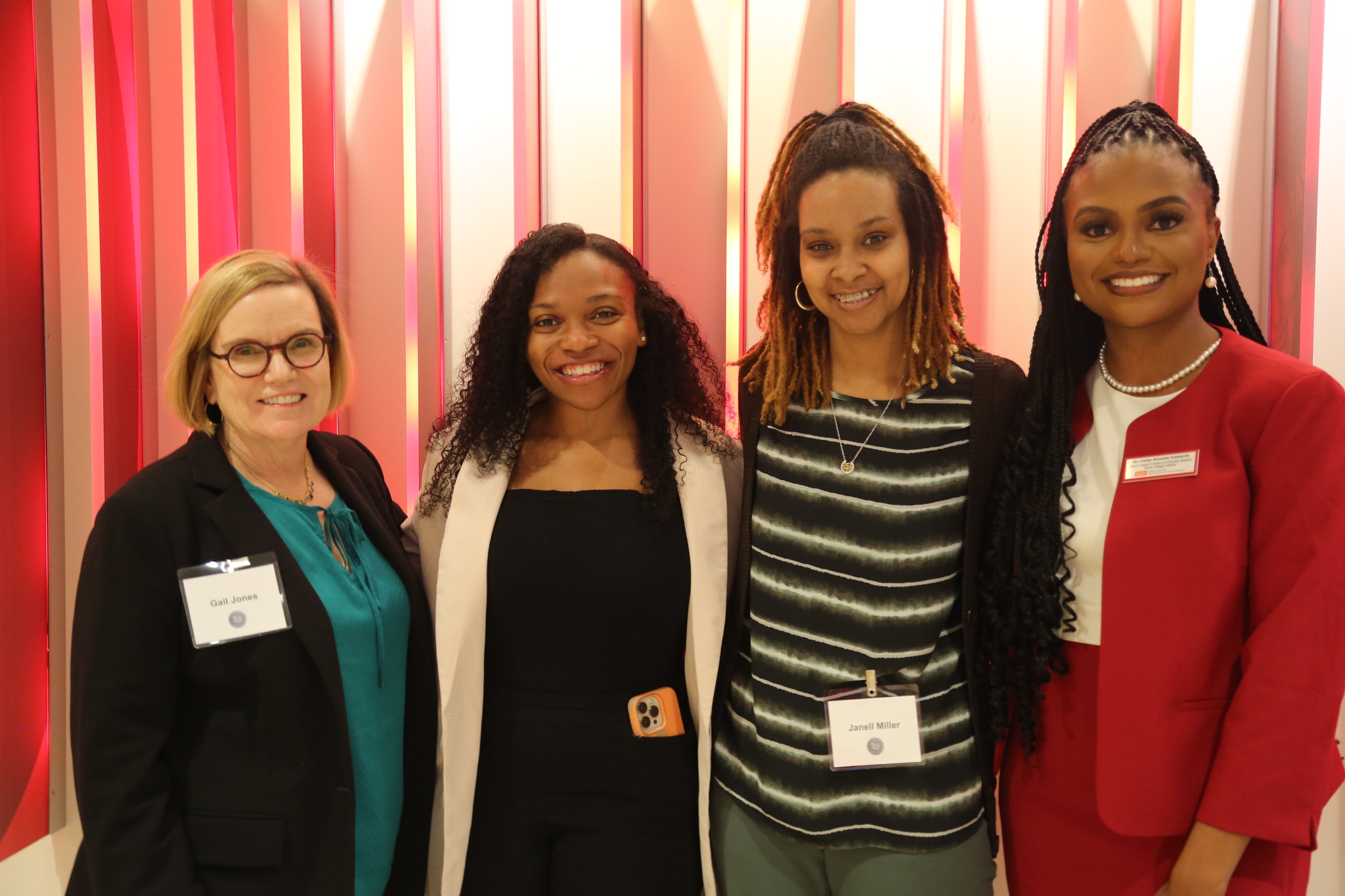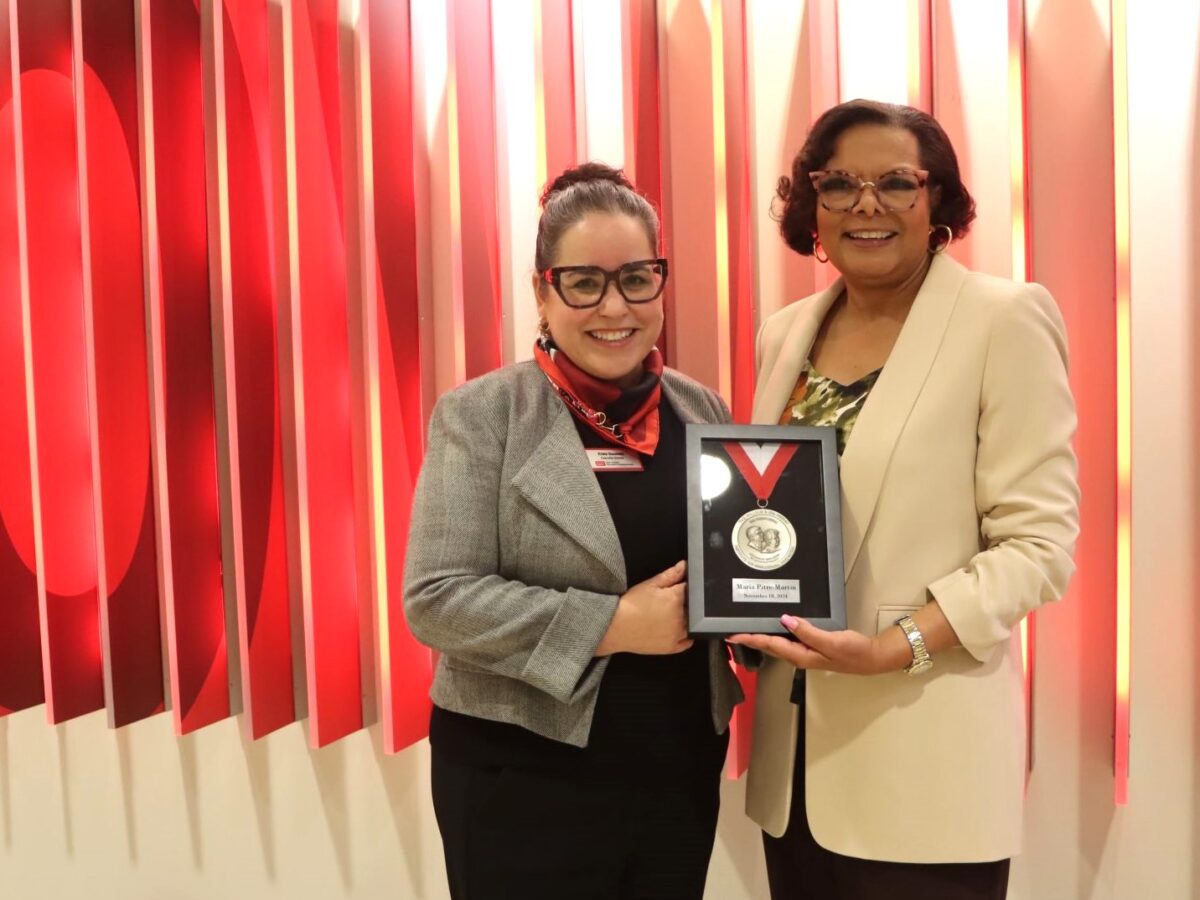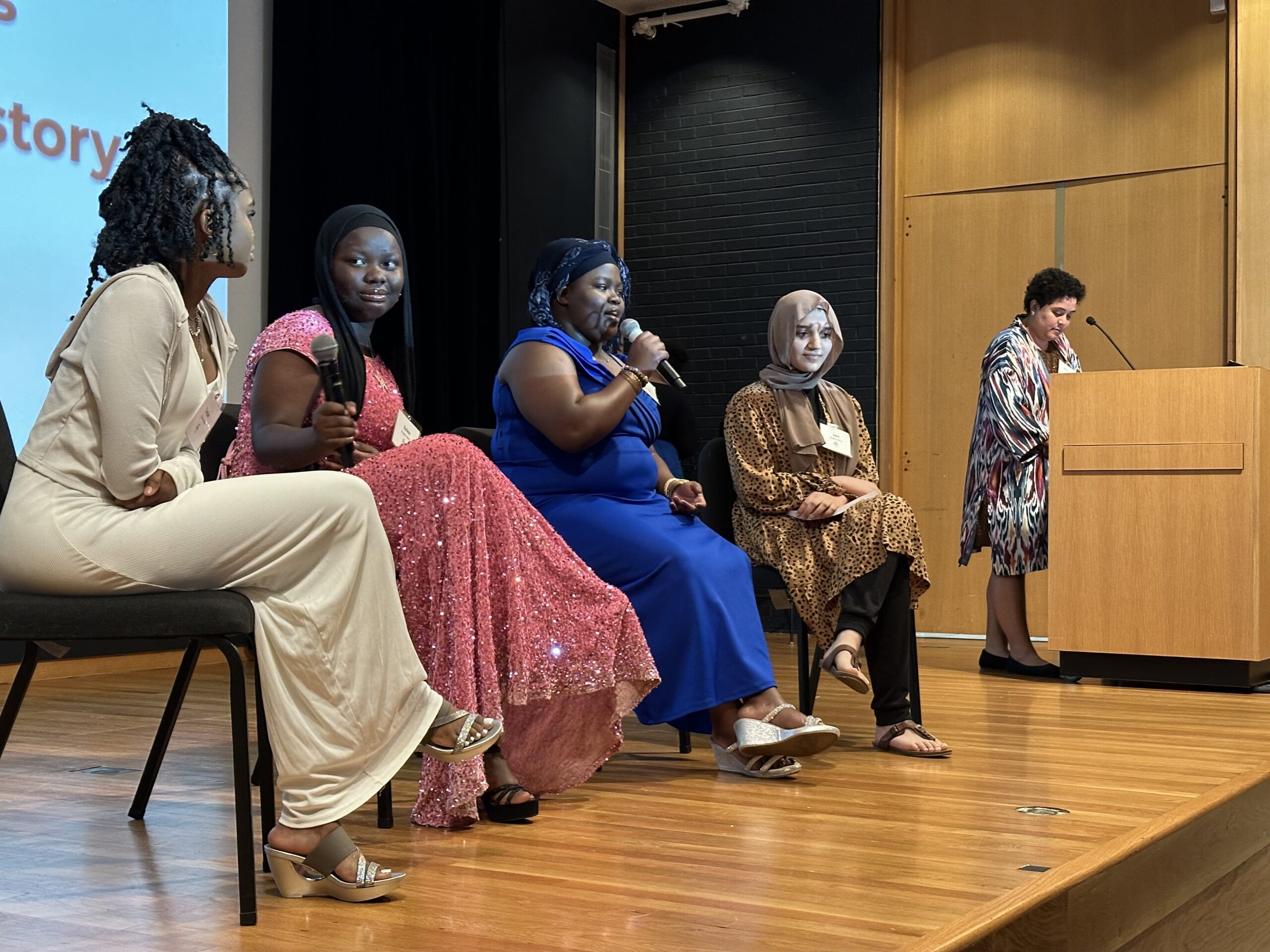Study Co-authored by Associate Professor Jessica Hunt, Research Associate Rebekah Davis Highlights Teacher Innovations in Broadcast Pedagogy for Mathematics
A recent study written by NC State College of Education Associate Professor and Friday Institute Faculty Fellow Jessica Hunt, Friday Institute Research Associate Rebekah Davis and Graduate Research Assistant Alejandra Duarte is contributing to research on how practices valued in mathematics classrooms might be adapted for broadcast television.
“Transitioning mathematics teacher practices to broadcast pedagogy” investigates how teachers conceptualize, enact and reflect upon mathematics pedagogy in a broadcast environment. This study observed a group of five elementary mathematics teachers as they designed, implemented and reflected on a series of televised lessons for Pre-K through third grade North Carolina learners who had limited access to broadband necessary for remote learning during the COVID-19 pandemic.
“It was amazing to watch the teachers bring forward their strengths to design broadcast lessons to reach students who may not have internet access,” said Hunt. “Their ways of innovating and adapting to a new instructional environment were inspiring and definitely an important story to tell.”
During the COVID-19 pandemic, broadcast instruction was one solution to solve the lack of access to broadband internet for 16.9% of North Carolina students. The At-Home Learning Initiative was created to help solve remote learning gaps across North Carolina. With funds and support from the North Carolina Department of Public Instruction (NCDPI) through the CARES Act, the Friday Institute for Educational Innovation facilitated the creation and implementation of 192 literacy and math lessons for Pre-K-5 students as part of the initiative for remote education. Reaching over 5.3 million households statewide on free public television, PBS NC filled gaps in access through their new Classroom Connection program.
While other public television stations across the country have launched similar initiatives, North Carolina focused on connecting their existing programming to learning resources and broadcasting high-quality, teacher-generated content. Teachers produced classroom-style video lessons for children using design principles used in mathematics-focused broadcast television and mathematics classroom pedagogy. With the lack of real-time interaction, teachers had to think of innovative ways to engage with students.
“Innovation lies in how we use any tool to alter established practices, not the technology itself,” said Davis. “The math teachers met the challenge and brought us new ideas through an older medium: television.”
Hunt and her team collected data from created lessons, videotaped feedback sessions and collected and analyzed semi-structured interviews. Three themes emerged related to the instructional design, barriers and challenges, and equity of the lessons: time, centrality of discourse and goal-focused lesson planning.
[pullquote cite=”Jessica Hunt” color=”wolfpackred” align=”alignright”]It was amazing to watch the teachers bring forward their strengths to design broadcast lessons to reach students who may not have internet access. Their ways of innovating and adapting to a new instructional environment were inspiring and definitely an important story to tell.[/pullquote]
First, the short amount of time allotted for lessons presented a challenge. Limited time for lessons required abbreviated versions of what the teachers were accustomed to in the classroom. Next, centrality of discourse guided how lessons were designed. As teachers directed their speech to an audience of children at home, there had to be changes in what they said and did to encourage the mathematical talk they would have used in person. Finally, concentrating on potential needs of the target audience provided access for all learners who might tune in.
“Teachers modeled a classroom discourse focused on particular math content standards, reflecting a type of content focus, chose tasks for broadcast that supported multiple solutions pathways and placed a strong emphasis on oral presentation,” said Hunt.
The researchers also observed novel approaches teachers took to support opportunities for students to grapple with problems on their own and with others in the time and space that they needed to fully participate and engage with the content. Teachers utilized movement and animations, invited students to talk to other people in their homes and designed problems in a way that enabled conversation about those problems to extend beyond the lesson and into the home.
Those innovations could lead to more study, as the researchers noted that they do not know the impact these lessons had on students’ participation and engagement.
“I think one key consideration looking toward the future would be how the teachers’ innovations, such as the use of leaning in, ‘listening to viewers’ and extending video content to the home environment, might impact viewers’ participation and engagement in educational media more broadly and for remote forms of mathematics instruction specifically,” said Hunt.
- Categories:



